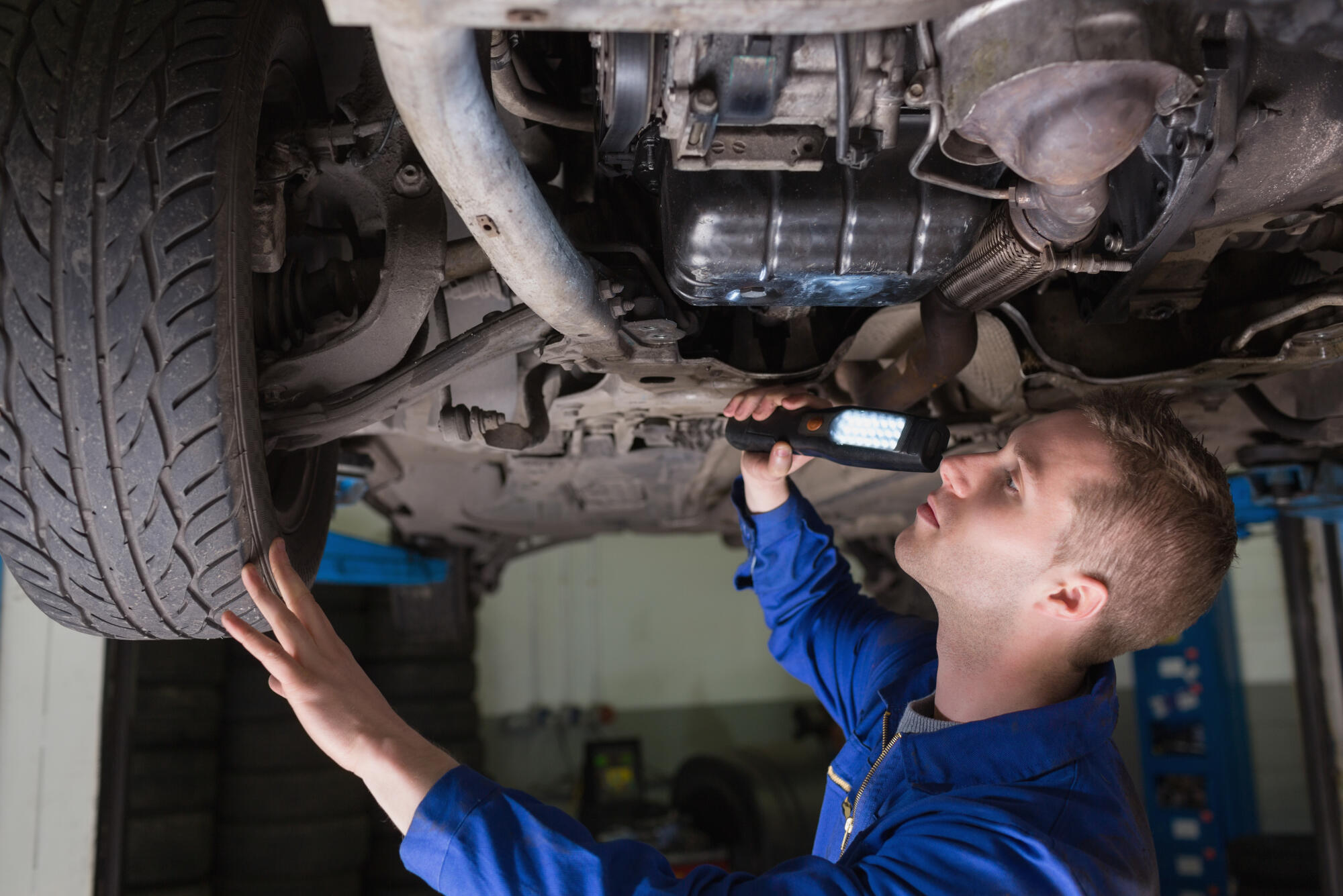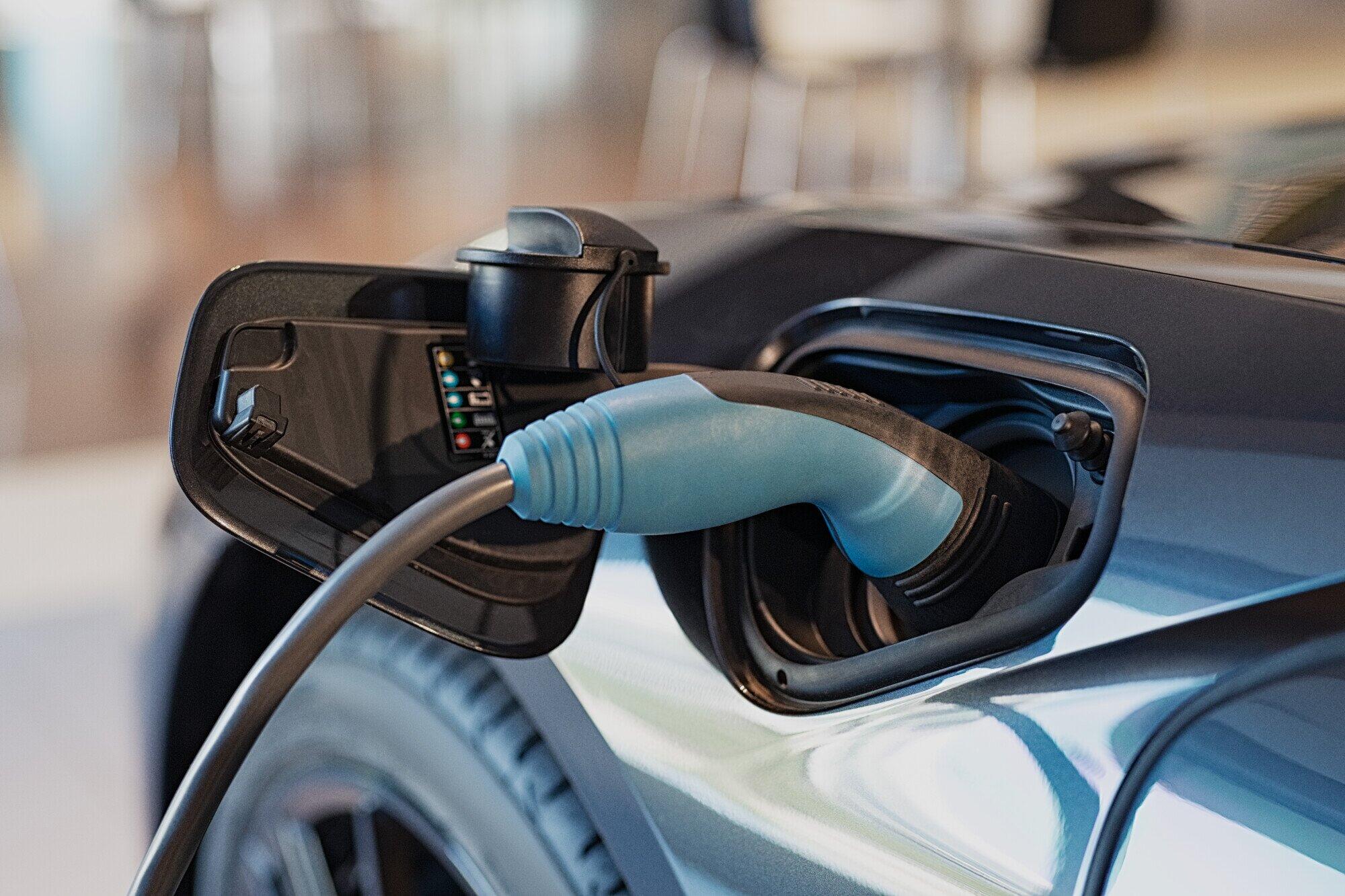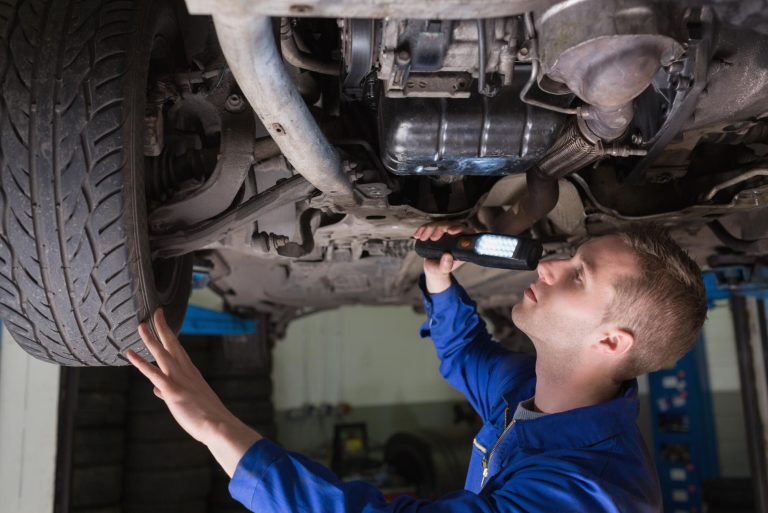Did you know that the hybrid electric vehicle market is projected to hit around $647.46 billion by 2034? This shows the rapid growth and adoption of these technologies worldwide.
The auto industry is shifting to a sustainable future, boosting the hybrid and electric vehicles. This shift creates new challenges that need careful planning. Effective risk management is essential to handle these challenges properly.
In this article, we will explore effective risk management practices in hybrid and electric vehicles. Keep reading to learn more.
Thorough Risk Assessment
Conducting detailed assessments is essential for hybrid and electric vehicles. It helps identify potential risks before they become serious problems. Understanding these risks ensures safer vehicle operation.
Risk analysis for hybrid or electric vehicle should cover all key components. This includes batteries, electrical systems, and software features. Each area may present unique challenges that need attention.
A thorough assessment also considers external factors. These can include charging infrastructure and environmental conditions. Addressing all risks supports long-term reliability and safety.
Enhanced Testing Protocols
Developing rigorous testing protocols is essential for hybrid and electric vehicles. These protocols help evaluate the performance of all vehicle components. Ensuring proper function before production reduces potential failures.
Testing also focuses on safety measures. Each component is assessed under different conditions and stress levels. This ensures the vehicle meets strict safety standards.
Protocols are updated regularly to include new technologies. Continuous testing improves reliability and efficiency. Strong testing practices build trust with manufacturers and consumers.
Regular Safety Audits
Scheduling regular safety audits is essential for hybrid and electric vehicles. These audits review all safety measures to ensure they work properly. Maintaining high standards protects both drivers and passengers.
Audits also check compliance with industry regulations. This ensures vehicles meet legal and safety requirements. Staying compliant prevents fines and reputational risks.
Regular reviews help identify areas for improvement. Any issues can be addressed before they become serious problems. Consistent audits support long-term safety and reliability.
Training and Development
Investing in training for engineers and technicians is essential. It ensures they understand the latest hybrid and electric vehicle technologies. Skilled staff can handle complex systems safely and efficiently.
Training also focuses on updated safety practices. Technicians learn to identify and manage potential risks. This reduces errors and improves overall vehicle reliability.
Continuous development keeps the team prepared for new innovations. It supports long-term growth and industry competitiveness. Well-trained staff enhance both safety and performance.
Battery Management and Monitoring
Implementing battery management systems is essential for hybrid and electric vehicles. These systems track battery health, charge cycles, and temperature. Proper monitoring helps prevent failures and ensures safe operation.
Battery monitoring also improves performance. It ensures batteries deliver consistent power when needed. This supports vehicle reliability over time.
Regular checks and updates keep the system accurate. They help detect early signs of degradation or malfunction. Effective battery management extends overall battery life and efficiency.
Elevating Your Approach to Risk Management
In the fast-evolving world of hybrid and electric vehicles, risk management is essential. Comprehensive practices ensure vehicles perform reliably and safely. Prioritizing these measures protects both drivers and the brand.
Embracing thorough risk management sets your vehicles apart. It builds trust in a growing, sustainable transportation market. Commitment to safety and reliability drives long-term success.
Don’t stop here, there’s so much more to learn about on our website. Browse our other blog posts for more information.










































































